2022 Rogue to feature Nissan’s all-new 1.5-liter VC-Turbo variable compression engine
Green Car Congress
NOVEMBER 22, 2021
Nissan introduced a new Rogue SUV for the 2021 model year; for 2022, Nissan is making its best-selling model more powerful, more fuel-efficient and more fun to drive with an all-new, 1.5-liter liter variable compression (VC) Turbo engine across the Rogue lineup. 2022 Nissan Rogue. Earlier post.) New generation Xtronic transmission.

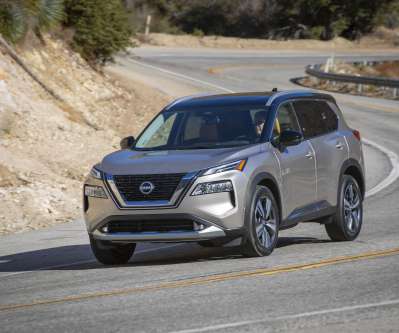
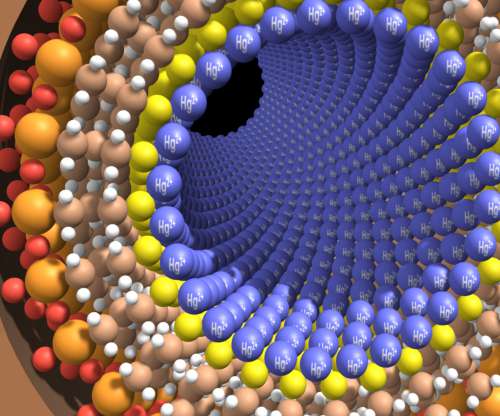










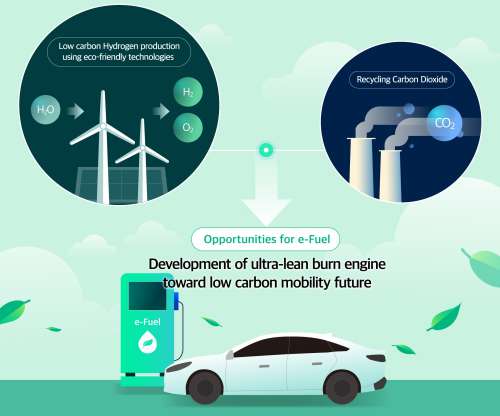















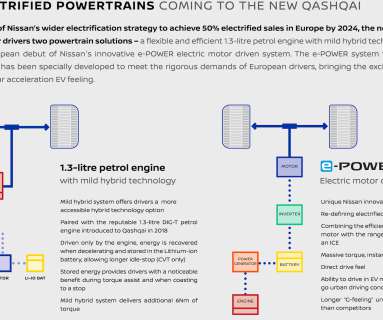


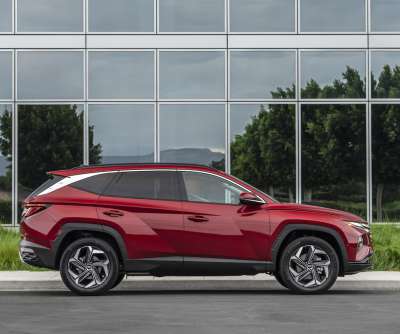






Let's personalize your content